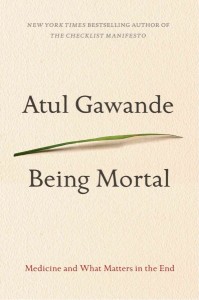
So, David Duchovny’s first book (Holy Cow, which I haven’t reviewed because…well, why?) was amusing, and I listened to him read it on audio so my inner fangirl enjoyed it. But this is a real book, and I enjoyed it even more. Duchovny, a novelist – who knew?
On the surface, it’s about a man who has squandered most of his opportunities and could be dismissed as a total loser. But if you read for just a few pages, you get hooked. By the end, you’ll realize the story is really about love. Love of family, of friends, of lovers – it covers them all, and when you finish the book you’re glad a) that you probably aren’t as fucked up as the protagonist and b) he finally got to express his love to the people he should have.
It’s not a happy book – people get together, break up for dumb reasons, lose other people they love, lie to each other, and make many poor life choices. You know, like life. And if you like baseball, there’s the added element of the whole thing playing out against the backdrop of the 1978 playoffs to spice things up for you. For an unremarkable hitter, Bucky Dent sure ruined a whole lot of people’s lives (including our protagonist’s) with one, stupidly lucky home run at the exact wrong moment. Of course, if you’re a Yankees fan, you probably see this the other way. But that’s life, too.


